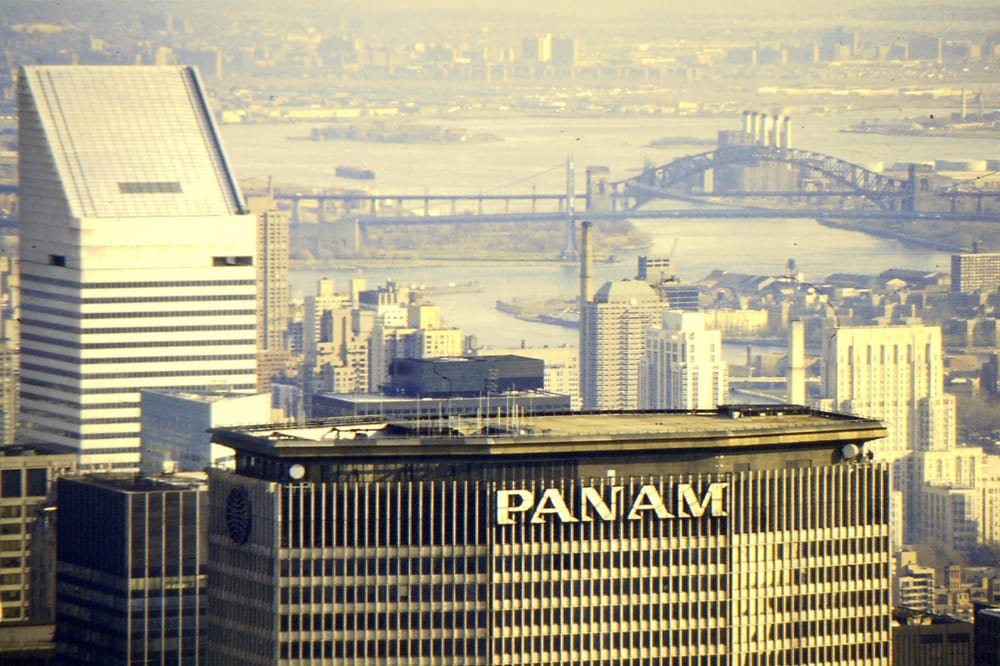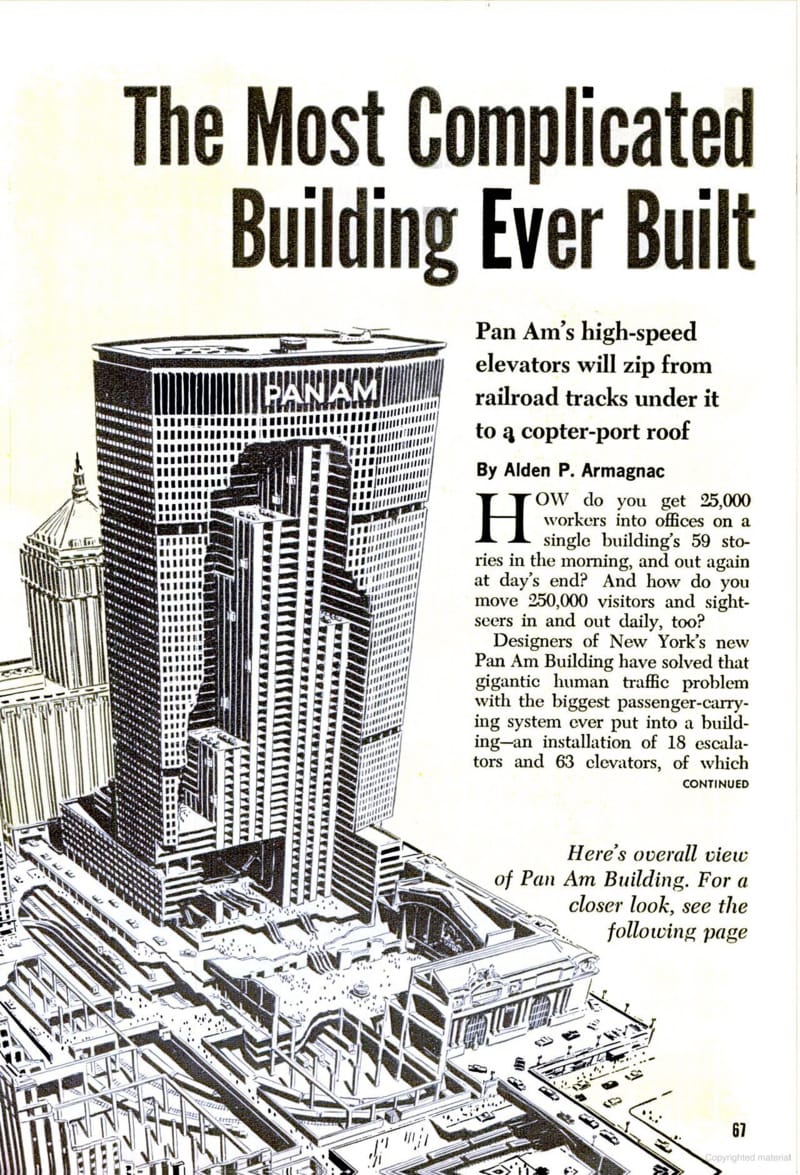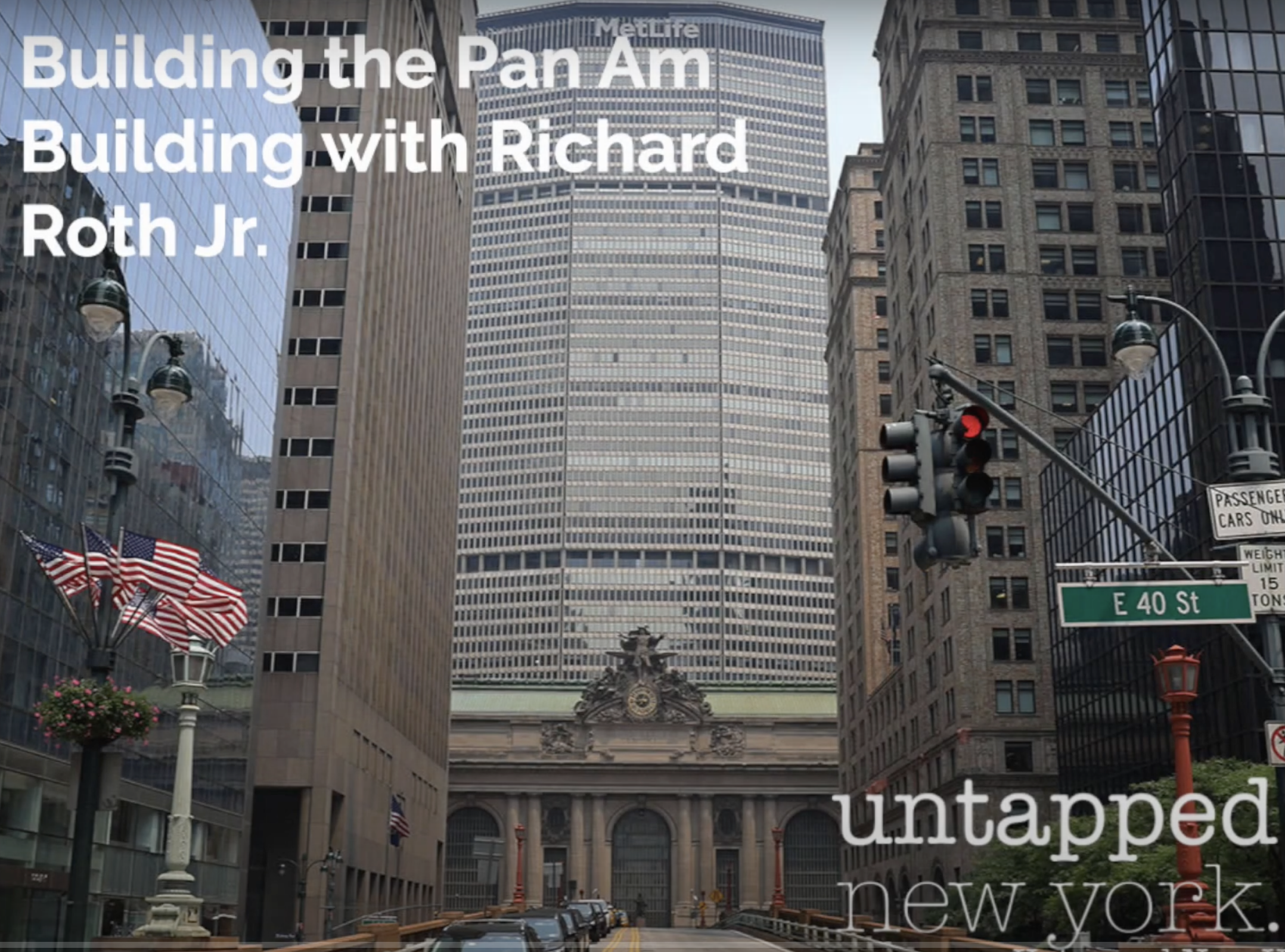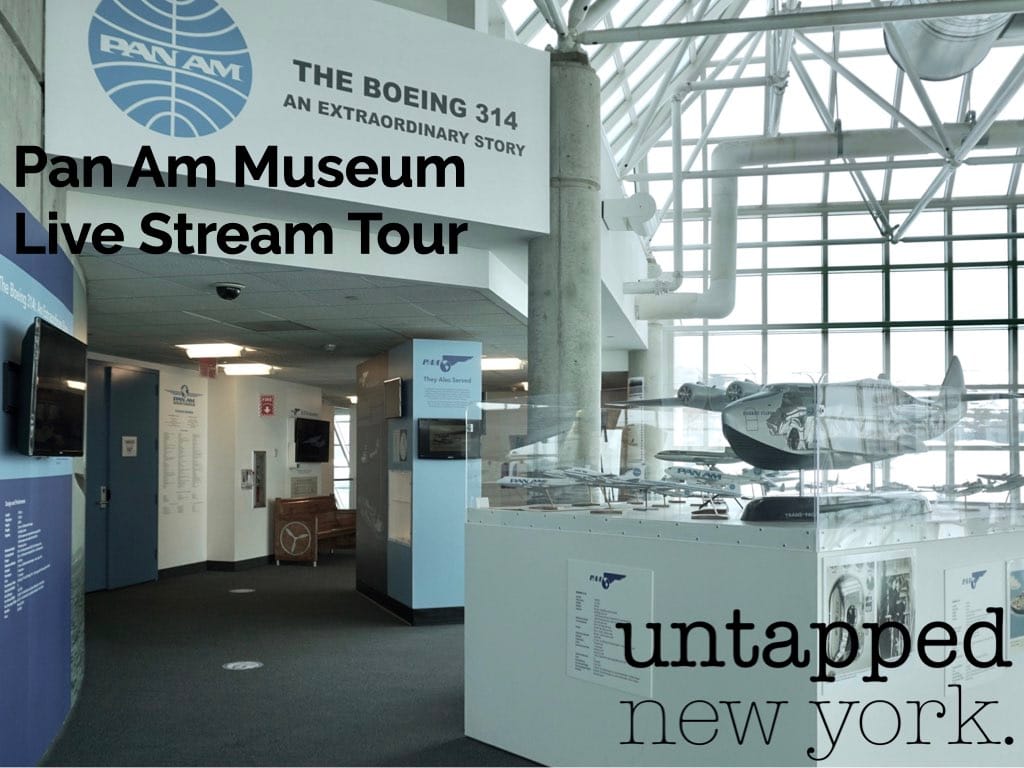NYC’s Forgotten ‘War on Christmas Trees’
Discover how an obscure holiday crackdown affects festive street vendors today!

Trial runs atop the Pan Am Building began in 1965, but the NYC helipad would be short-lived!

In 1965, trial runs on a rooftop helipad atop the Pan Am Building (now MetLife) began using a Chinook helicopter. The helipad would prove a short-lived project, but it represented an aspirational vision of New York City.
In many ways, the helipad brought to fruition a long-standing urbanist dream of a multi-modal, multi-level city first popularized by Moses King’s Kings Dream of New York in 1908. As evidence of the fervor for air travel in the 1960s, the architectural historian Reyner Banham wrote in The Architects’ Journal in 1966: ”There is no other way to come into the island city of Manhattan. From now on, it has to be helicopter or nothing.”

The concrete helipad atop the Pan Am Building was in operation from 1965 to 1968. Enterprising travelers could travel from the Pan Am Building to the airline’s terminal at John F. Kennedy Airport. The Vertol 107s helicopters were operated by New York Airways, also servicing Teterboro Airport for a period of time. The demand did not match expectations, so service was concluded after just three years.
The helipad reopened in early 1977, with flights aboard Sikorsky S-61 helicopters. But the service was shut down just three months after due to a deadly accident. On May 16th, 1977, a rotor blade broke off a helicopter after the landing gear failed and the helicopter toppled over. The blade hit four people on the landing pad waiting to board. Three were killed on impact. The previous passengers had already disembarked, but the crew was still inside the helicopter. Fifteen to twenty people were in a line on the roof, waiting to get onto the aircraft.

The blade fell down and hit a window of the Pan Am Building on the 36th floor. From there, it split into two, with one part killing a pedestrian from the Bronx on Madison Avenue while she was waiting for the bus. More pieces of the rotor blades were found as far as four blocks north of the building.
It was, by all accounts, a gruesome sight both atop the helipad and on the street below. The New York Daily News had a rather vivid account of the bloodshed. The National Transportation Safety Board concluded that the accident was caused by “metal fatigue” on the helicopter.


Next, check out 10 Secrets of the MetLife Building
Subscribe to our newsletter